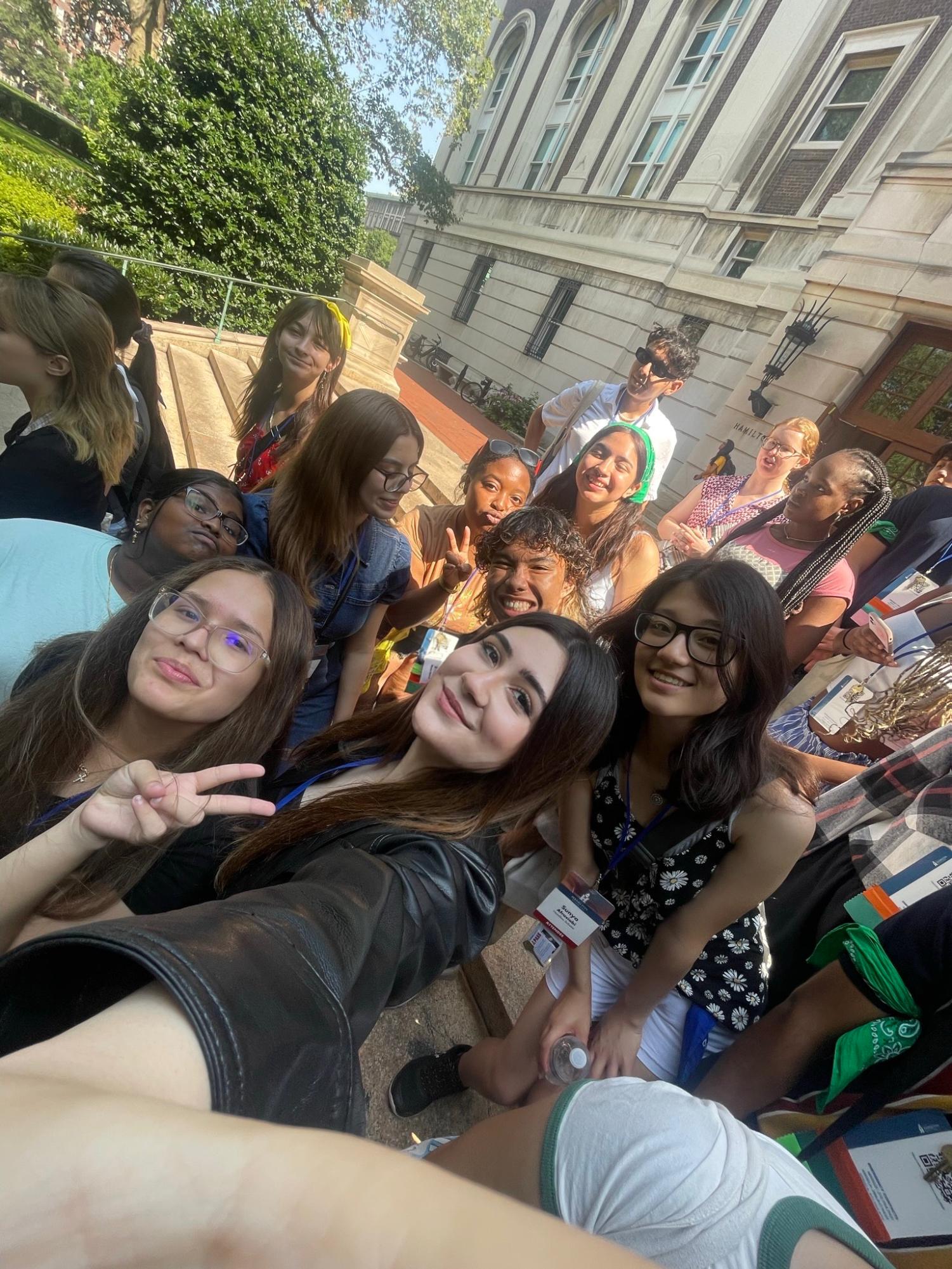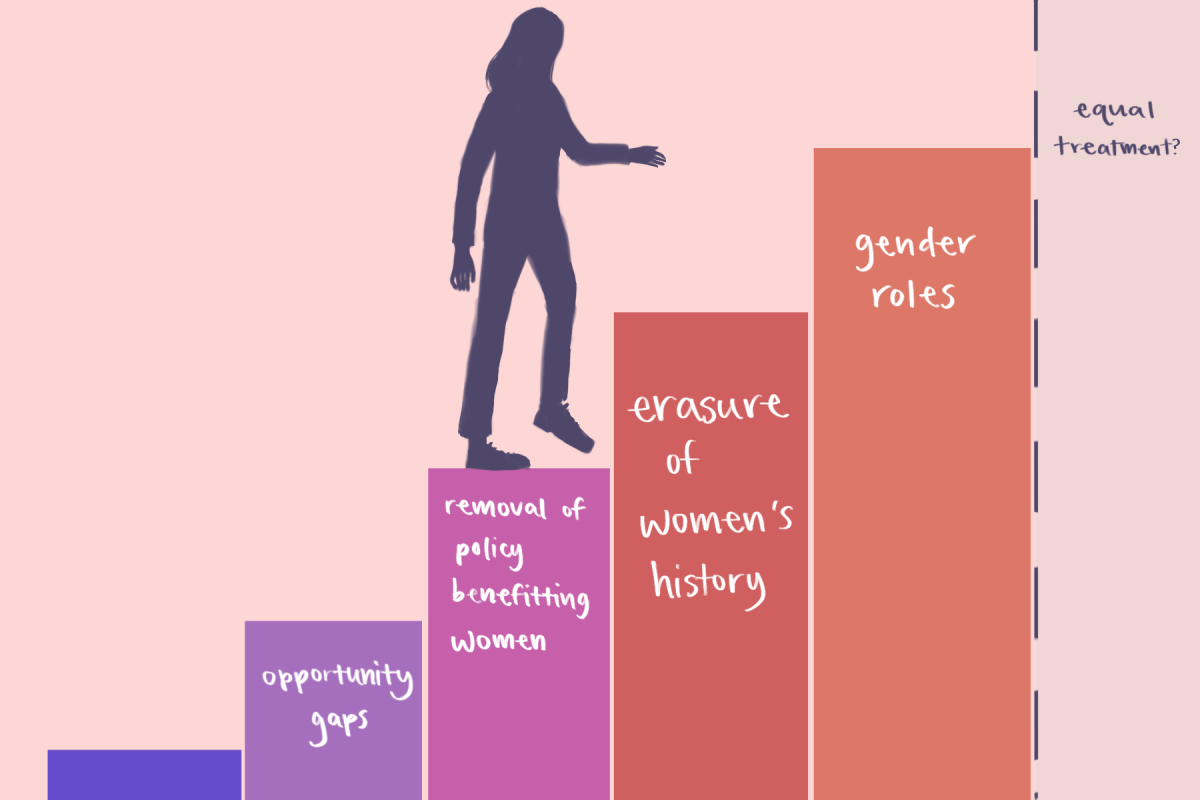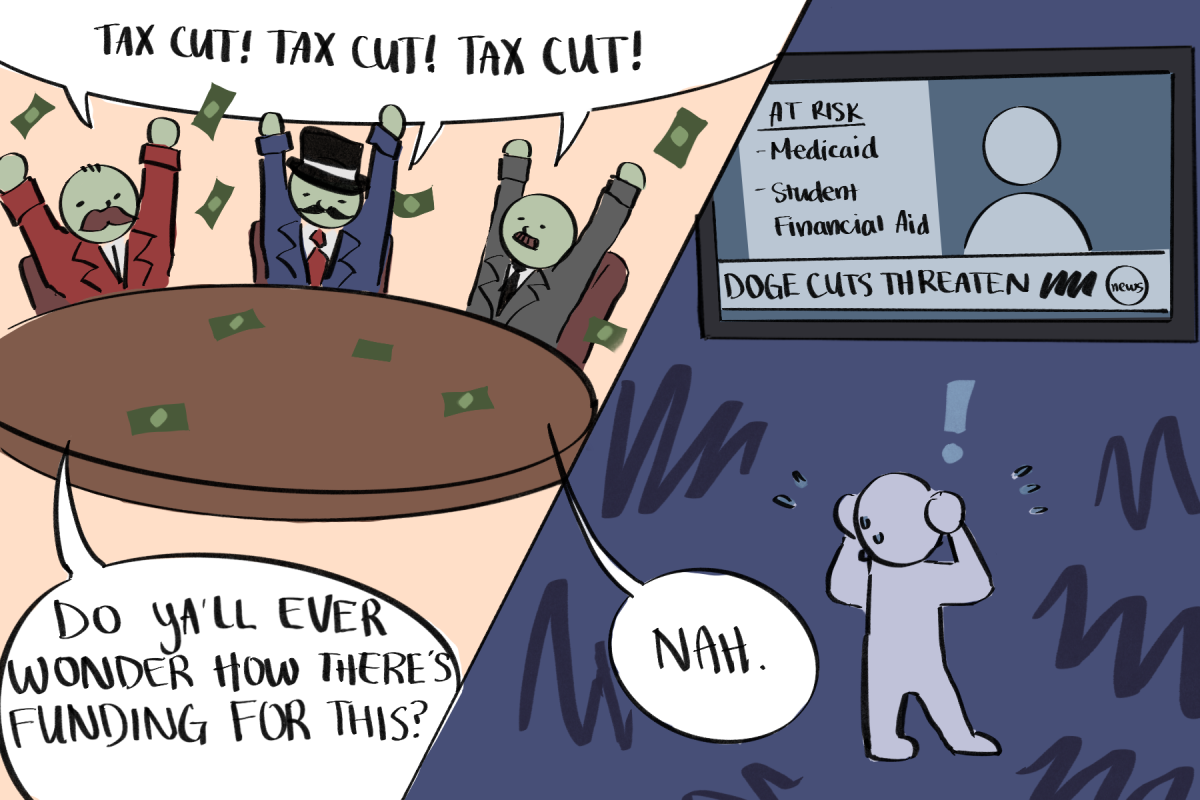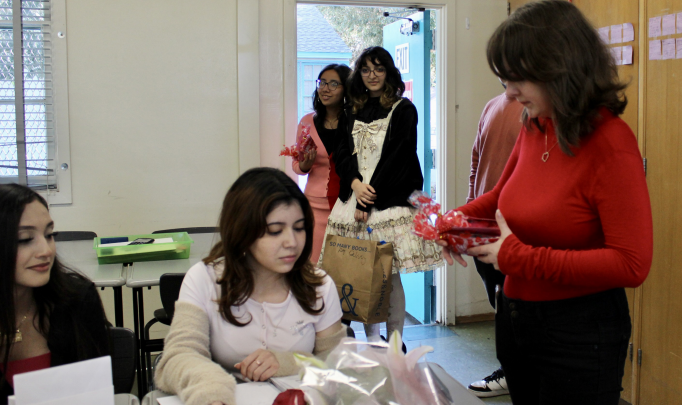In the midst of LAX’s bustling terminals in July, waiting for my flight to begin boarding, I found myself eavesdropping on an enticing debate about the talk of the country —affirmative action. Sarah, who appeared to be an aspiring college student, shared her story of overcoming economic hardship and triumphing over challenges to reach her dream of pursuing higher education.
Inching closer and closer, I overheard arguments around the girl, reflecting the greater societal divide present in this country. Some of Sarah’s friends championed diversity, while others insisted on merit alone as a determining factor for higher education.
I now look back at this debate in a busy airport as not simply an exciting conversation to eavesdrop on, but rather a collection of personal narratives, each person trying to seek some sort of fairness. Although fairness is good for some, it isn’t fair for all.
The airport debate reaffirmed the idea that supporting affirmative action is not just a matter of policy preference but a commitment to creating a society where everyone, regardless of racial background, has a fair chance to thrive.
On June 29, the U.S. Supreme Court struck down or banned colleges and universities from using affirmative action in their admission process. The decision comes after two elite universities – Harvard and the University of North Carolina (UNC) – were challenged by Students for Fair Admissions, an anti-affirmative action nonprofit that claimed the institutions discriminated against Asian American and White students in their admission decisions. Now, the decision to require all colleges to disband the use of race-conscious admission practices has spread to the entire country.
Although we see the most significant impacts of affirmative action in this upcoming college admissions round, it is no news to democratic policy in the U.S. Before the Supreme Court decision, nine states, including California, had banned affirmative action at public universities. California’s Proposition 209 in 1996 struck down the practice of affirmative action for public employment, contracting and education. Since then, the passage of this law has caused a 12% decline in underrepresented groups across the entire University of California (UC) system. UC Berkeley and UCLA experienced the most prominent effects, with a 60 percent drop in Black, Latinx, and Indigenous students.
With race-based admissions eliminated from the system, we see an apparent and drastic decline in minority acceptance into public schools. Unfortunately, California is not the only state to undergo such harsh propositions. In 2006, after Michigan passed Proposal 2 banning race-conscious admissions from public schools, Black undergraduate enrollment at the University of Michigan dropped nearly by half – from 7 percent in 2006 to 4 percent in 2021.
The Supreme Court ruling this summer carries disadvantages that extend far beyond the minority communities it directly impacts; it affects the entirety of our educational community. Beyond the harsh consequences for students of color, who may face barriers to attending prestigious institutions known for their resources and higher graduation rates, there is a greater concern. The spreading effect of affirmative action reaches every student enrolled, as a ban on affirmative action could strip universities of the invaluable perspectives and experiences that a diverse student body can offer. Evidence shows that diversity in higher education improves learning outcomes for all students, and the benefits extend beyond graduation.
I am saddened and disheartened to see how this ruling is affecting my friends and students of color. My plan was to apply out of state for a more varied environment that would provide me with a broader range of learning experiences, which would be beneficial for my international relations major. However, with this ban affecting all higher education schools, I am puzzled and stuck.
Many in opposition to affirmative action often argue that “the supposed beneficiaries of affirmative action were stigmatized by it” and suggest that those people had to live with the constant suspicion that they were not good enough to succeed without a race-based quota.
This is entirely false. Affirmative action isn’t used to give more rights to some groups over others. It’s put in place to level out the playing field. This approach to college admissions considers historical and societal inequities that have disproportionately affected some groups over others. It is a proactive and targeted approach to ensuring a diverse and inclusive system.
At a time when American democracy needs all the improvement it could get, the court turned its back on that effort. Nevertheless, implementations can still be made to ensure that 2024 and beyond college admissions are more considerate and fair. If race-based affirmative action is unlawful, then class-based affirmative action should come in its place, not as a replacement, but as a placeholder.
Under this approach, students applying from less affluent socioeconomic backgrounds are given greater weight to acknowledge the potential discrepancy in resources and educational possibilities compared to wealthier students. Black and Latinx households experience financial disparities due to societal obstacles. Therefore, focusing more on an applicant’s income status might result in a more racially diverse group of students.
In the diverse melting pot that is the U.S, it is crucial that our government takes more effective measures to amplify voices like Sarah’s, and ensure their perspectives are not only heard but genuinely considered, and their untapped potential is uplifted.









